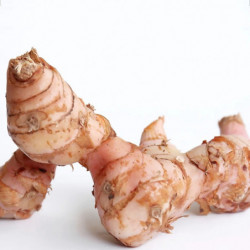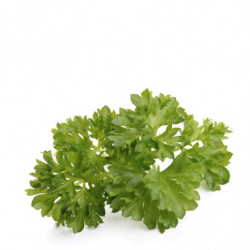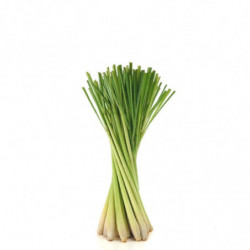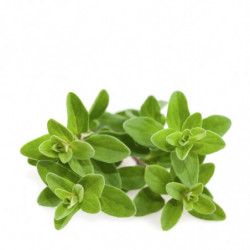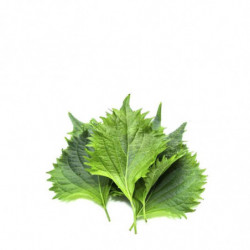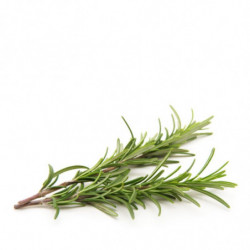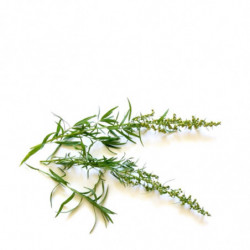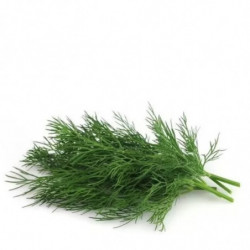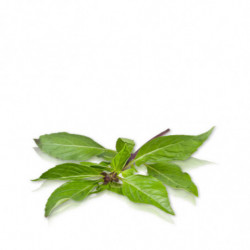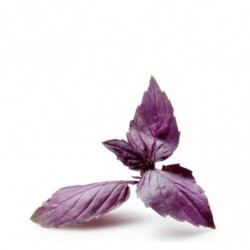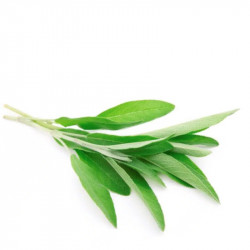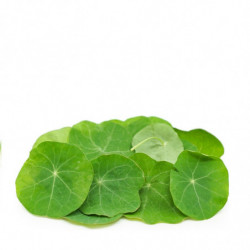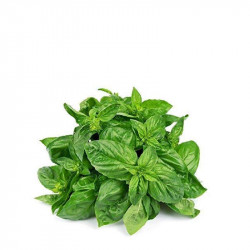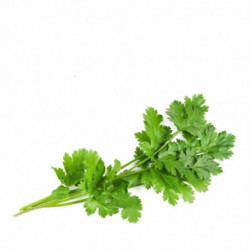Varieties of Galangal
Galangal is a plant from the ginger family that is mainly cultivated in Asia and has two main varieties: greater galangal and lesser galangal. Greater galangal has a stronger flavor and is more commonly used in cooking, while lesser galangal has a milder flavor and is often used in traditional medicine. It is a perennial plant that is grown in warm and humid climates.
Galangal in Cuisine and Gastronomy
Galangal is an ingredient widely used in Asian cuisine, especially in Thai cuisine, where it is known as "kha" and is used to flavor and aroma many dishes. It is also used in Indonesian, Malaysian, and Vietnamese cuisine. It is a key ingredient in the popular Thai curry paste and is used in dishes such as Tom Kha Gai soup, Massaman curry, and green papaya salad. Galangal has a spicy and slightly sweet flavor and is used both fresh and dried. It can be grated or thinly sliced and added to dishes as a seasoning. Additionally, galangal is also used in the preparation of beverages and desserts, such as galangal tea and galangal pudding.
History and Properties of Galangal
Galangal has been used in traditional Asian medicine for centuries due to its medicinal properties. It has also been used in the production of perfumes and beauty products. Health: Galangal has medicinal properties and is used in traditional medicine to treat various ailments, such as stomach pain, headaches, fever, and respiratory problems. It is also believed to have anti-inflammatory and antioxidant properties.
Agriculture and Botany
Galangal is a perennial plant that grows in warm and humid climates. It has large, shiny leaves and produces white flowers with red stripes. The plant grows from a rhizome, which is the edible part of the plant. Galangal can be cultivated from seeds or from cut rhizomes.
In summary, galangal is a plant widely used in Asian cuisine due to its unique flavor and aroma. It also has medicinal properties and has been used in traditional medicine for centuries.
